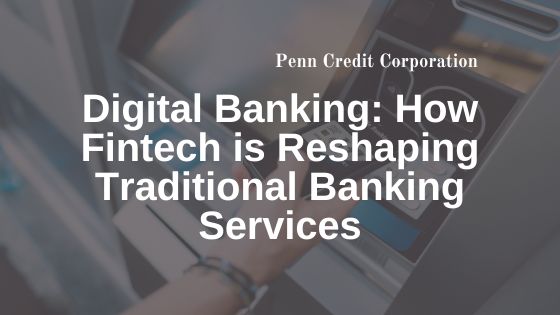In recent years, the rise of financial technology (fintech) has revolutionized the banking industry, leading to the emergence of digital banking services that offer convenience, accessibility, and innovation like never before. With the advent of smartphones, mobile apps, and online platforms, traditional banking services are being transformed to meet the evolving needs and preferences of consumers in the digital age.
Digital banking encompasses a wide range of services and products that allow customers to manage their finances online or through mobile apps, without the need to visit a physical branch. From basic banking transactions like checking account balances and transferring funds to more complex services like applying for loans and managing investments, digital banking offers a comprehensive suite of financial solutions at the fingertips of consumers.
One of the key benefits of digital banking is convenience. With digital banking services, customers can access their accounts anytime, anywhere, using their smartphones, tablets, or computers. This means no more waiting in line at the bank or rushing to make it to the branch before closing time. Instead, customers can conveniently manage their finances on-the-go, whether they’re at home, at work, or on vacation.
Another advantage of digital banking is accessibility. Traditional banks typically have limited branch locations, making it difficult for customers in rural or remote areas to access banking services. Digital banking eliminates this barrier by providing access to financial services through the internet and mobile networks, ensuring that customers can bank regardless of their location. This increased accessibility is particularly important for underserved communities who may not have easy access to traditional banking services.
In addition to convenience and accessibility, digital banking offers a wide range of innovative features and functionalities that traditional banks often lack. For example, many digital banks offer budgeting tools, expense tracking, and financial planning services to help customers manage their money more effectively. Some digital banks also leverage artificial intelligence and machine learning algorithms to provide personalized recommendations and insights based on a customer’s spending habits and financial goals.
Furthermore, digital banking is often more cost-effective than traditional banking. Because digital banks operate primarily online and have fewer physical branches to maintain, they can offer lower fees and higher interest rates on savings accounts and other financial products. This can result in significant cost savings for customers, particularly those who frequently incur fees for overdrafts, ATM withdrawals, or paper statements at traditional banks.
However, despite the many benefits of digital banking, there are also challenges and considerations to keep in mind. One of the main concerns is cybersecurity and data privacy. With the increasing prevalence of cyber threats and data breaches, customers may be understandably wary of sharing sensitive financial information online. As such, it’s essential for digital banks to invest in robust security measures and encryption protocols to protect customer data and prevent unauthorized access.
Another consideration is the digital divide, which refers to the gap between those who have access to digital technologies and those who do not. While digital banking offers many benefits, not everyone has access to the internet or smartphones, particularly in developing countries or underserved communities. As such, efforts must be made to bridge the digital divide and ensure that all individuals have access to digital banking services and the financial opportunities they provide.
Digital banking is reshaping traditional banking services, offering convenience, accessibility, and innovation to consumers around the world. From mobile apps and online platforms to budgeting tools and personalized recommendations, digital banking has transformed the way we manage our finances and interact with financial institutions. While there are challenges to overcome, the future of banking is undoubtedly digital, and fintech will continue to play a central role in shaping this evolving landscape.
